AI and UX are inextricably entwined in today’s world where we’re now facing a turning point in the new era of design. They both affect and inform how the other works, however some people think AI will eventually replace designers and the need for human-driven UX. “The end is near”, according to those specialists in artificial intelligence and robotics.

One typical example is a TEDx talk of Futurist Thomas Frey, saying that over 2 billion jobs will disappear by 2030, and robots will probably take over a portion of jobs which are now occupied by humans. Looking back to 2017, we can find that AI has been widely applied in various fields, like Uber’s self-driving car, Chatbots of customer representatives, Amazon’s delivery drones – the revolution of robotic is just getting started.
Will the rise of AI replace the work of designers, are we in trouble? How will AI impact the design field, designer’s career as well as design tools in the future? Here, let’s explore those questions together.
At least No in the near future. You may remember the release of The Grid (a website design and development system powered by AI) several years ago, it announced to make site modules and interactive patterns itself, without help of a designer. However, it’s a disaster when the world see the first website designed by The Grid.
As a matter of fact, a majority of jobs taken over by robots will be repetitive & mechanical work done by blue collar. Things are much more complex when you look at design, and humans have the unique ability to create empathy for users and set background for design.
The truth is – it will be a collaborative effort for designers and robots. Instead of problem, there will be a series of opportunities, including:
The work of image resizing and color adjustment can be done by robots, which increase the designers’ productivity a lot. Most recently, Airbnb has announced a technology that identifies the design sketches and then convert them into coding in real time. In this way, designers will have more time for the strategic decisions of product, and this is something that computers will take at least one decade to learn.
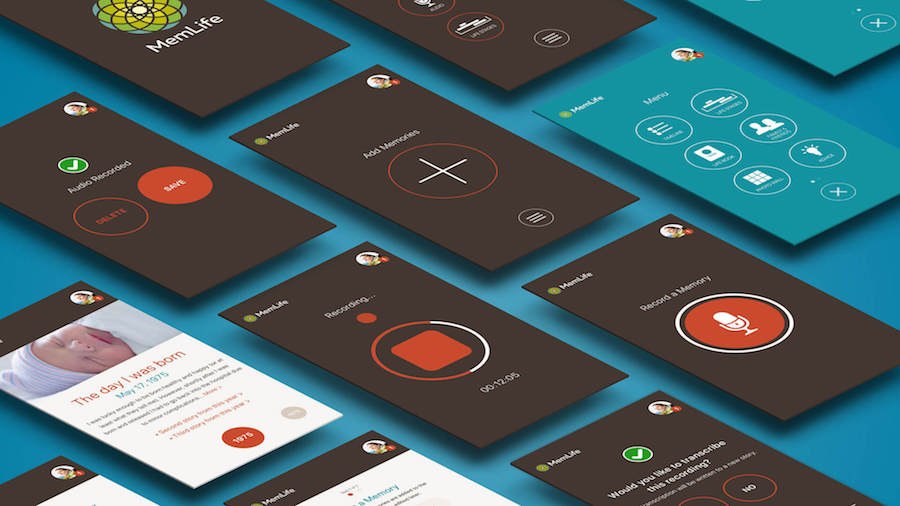
For both large-sized enterprises or start-ups, designers should ensure the system consistency for the consistency between product and users. If coupled with a layer of intelligence, these systems can analyze how users interact with UI elements and which functions are the most effective. Website building platforms like Squarespace and Wix have begun to use AI technology to help users make some minor design decisions.
This means your product gives visitors a more personalized experience based on the collected user data, such as where those users come from, what type of device being used, etc. All of those data would be pretty helpful for them to find what they really need, and thus results in more conversion rate.
It’s not easy to make a machine understand the emotional part of design, but we have to admit that AI and UX design are “co-evolutionary” relationship. When the machine automate the repetitive tasks for people, then the creativity of human brains will be boosted a lot. Designers will be more focused on management, creative thinking, communication and other more advanced capabilities to keep them competitive.
Furthermore, the AI technology can also help SMEs to get a basic design quality judgment for the first draft. For example, a website called eyequant can help provie “unattended eye tracker” service, and below is the result of neural network prediction obtained through data training. Not only can the computer know the focus of users through the movement of eyes, but understand the language through speech. The style of art can also be acquired, not to mention a simple App design.
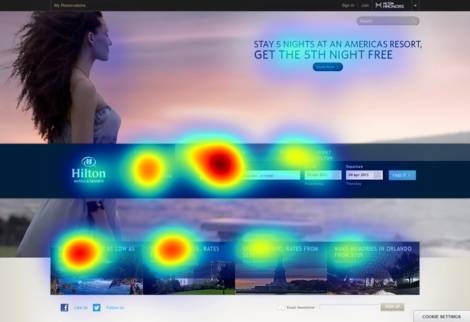
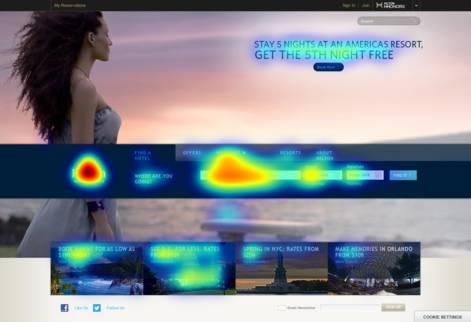
Apart from the effect on the design in practice, AI will help generate a new design role – Trainer. With the further development of technology and AI, there will be more design roles, and it help promote the democratization process of design. Design tools like Autodesk can quickly generate hundreds of different design plans after the designers’ input, and designers only need to choose their favorite ones and make them combined to get the most satisfactory results.
Obviously, the machine has all the composition and color matching ability of human, but the product experience cannot be easily and alone fulfilled. Based on UX (User Experience), the product in the near future will place more emphasis on EX (Experience Design), which caters to user persona, behavior and context understanding to bring more values to users.
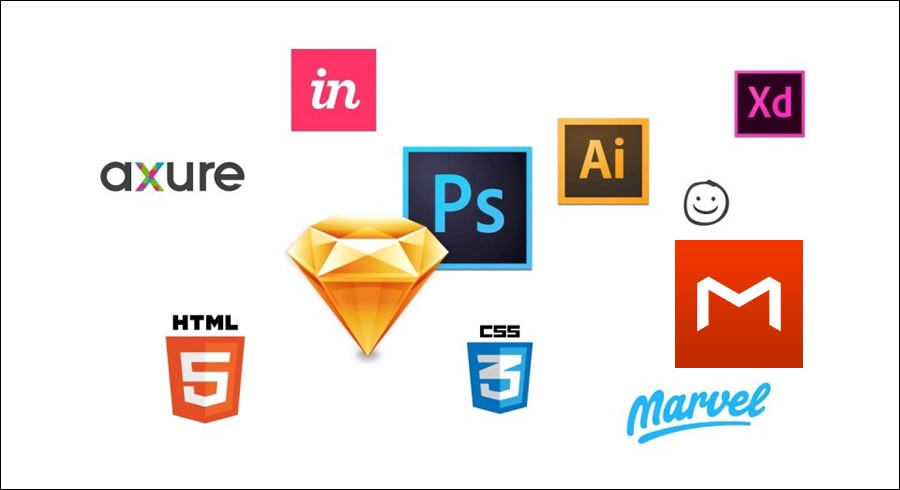
As a result, design tools which supports user interaction and usability testing will still be heavily needed, but the tools that simply support wireframe or UI mapping will be faced to transform or be eliminated gradually. From UX to EX, designers will need to think more about how to make the best use of tools, empowering themselves rather than being replaced, of which the design thinking and logic seem to be so important.
As shown in the following diagram, a tool that helps designers better implement creativity, communication, material collection and reduce manual labor will be the darling of the future “AI + Design” era. At this point, Mockplus has long been insightful for its unparalleled features:
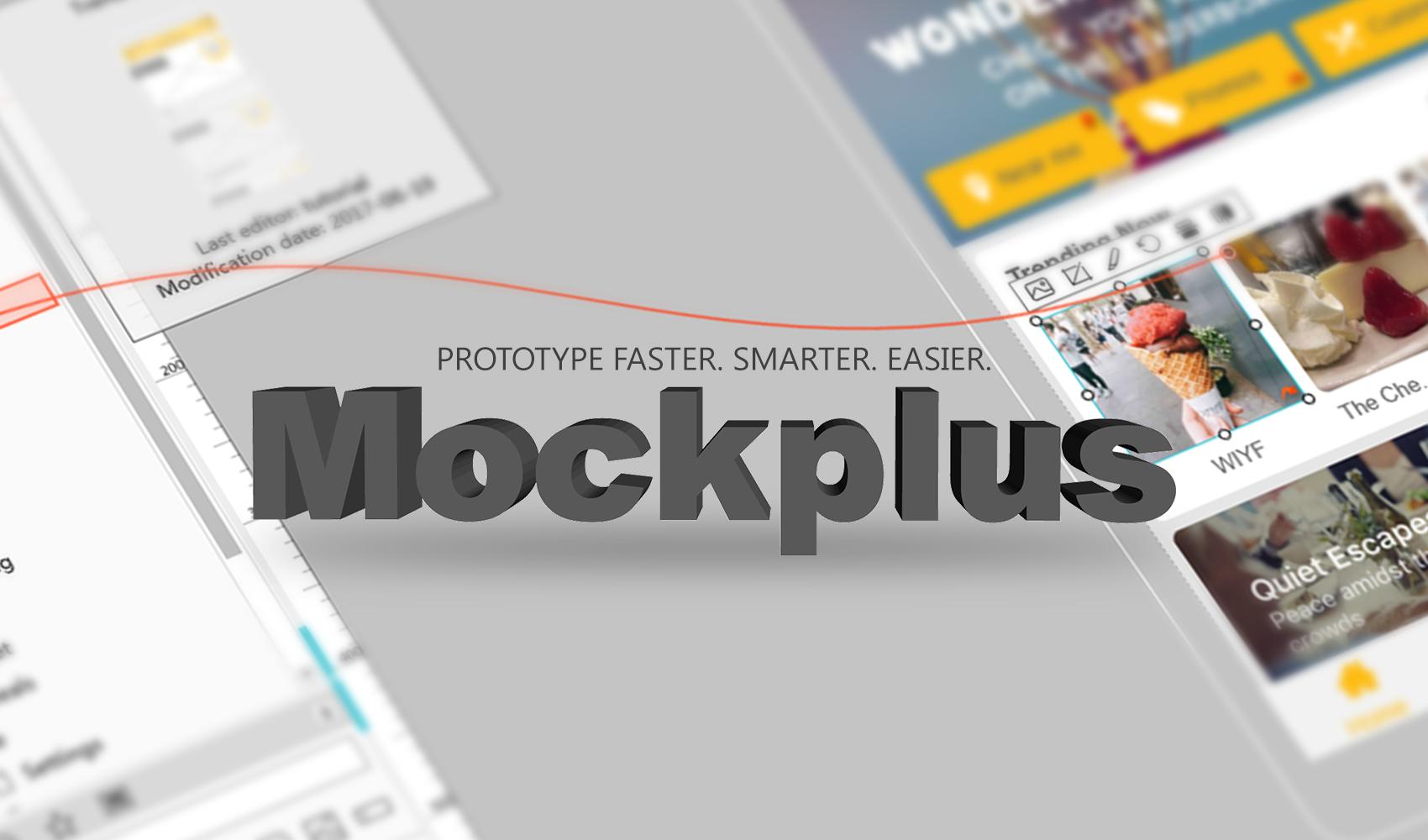
From those examples above, we can find that the AI technology doesn’t and won’t replace designers, instead help automate the repetitive tasks to make us focus more on the strategic decision of design. This will help to create a better and personalized experience. To make use of machines and use tools like Mockplus as a subsidiary will be the trend of the times.
 Mockplus RP
Mockplus RP
A free prototyping tool to create wireframes or interactive prototypes in minutes.
 Mockplus DT
Mockplus DT
A free UI design tool to design, animate, collaborate and handoff right in the browser.
